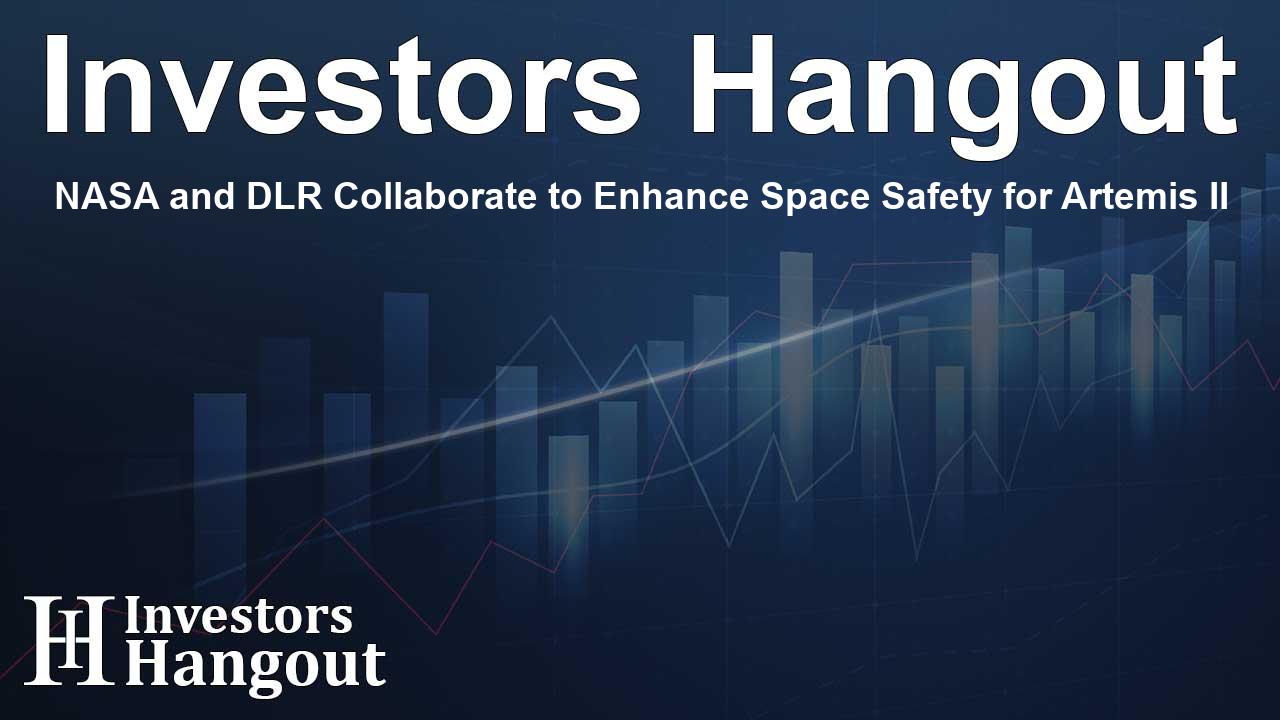NASA and DLR Collaborate to Enhance Space Safety for Artemis II

NASA and DLR Collaboration on Artemis II Mission
In a significant move to bolster its Artemis program, NASA has entered into an agreement with DLR, the German Aerospace Center, to enhance its mission through advanced research in space medicine. This partnership, which builds on prior collaborative efforts, aims to protect astronauts from space radiation during long-duration missions beyond Earth.
New Radiation Sensors for Astronaut Safety
The newly signed agreement will see DLR contribute its expertise in human spaceflight by supplying innovative radiation sensors for NASA’s Orion spacecraft during the Artemis II mission. Scheduled for launch no later than April 2026, this mission will mark a groundbreaking venture as the first crewed flight under the Artemis program, which aims to establish a sustainable human presence on the Moon.
Background of the NASA-DLR Partnership
This partnership has a rich history, with DLR previously collaborating with NASA to test critical technologies related to radiation exposure on missions such as Artemis I. Janet Petro, acting NASA Administrator, expressed her enthusiasm for continuing this productive collaboration, highlighting the importance of international partnerships in advancing space exploration.
Advancements in Radiation Detection
During the upcoming Artemis II journey, four state-of-the-art M-42 EXT radiation detectors developed by DLR will be utilized. These devices are crucial for gathering data on space radiation and will help NASA ensure astronaut safety throughout the mission’s duration. The integration of these advanced sensors marks an exciting new chapter in understanding and mitigating the risks of radiation in space.
The Importance of Radiation Research in Space Exploration
In a statement, Anke Pagels-Kerp, a leading figure at DLR, emphasized the need for precise and coherent radiation measurements in the space environment. Previous missions have paved the way for better understanding radioactivity in space, but Artemis II will take it further with real-time data collection from new sensors. This effort is part of a broader ambition to develop effective countermeasures against the adverse effects of radiation on astronauts.
Looking Ahead: The Future of the Artemis Campaign
The Artemis campaign is not merely about lunar landings; it serves as a template for future human exploration, including plans for Mars. Through the collaboration with DLR, NASA aims to establish a resilient human presence on the Moon that facilitates scientific discovery and prepares for missions further into the solar system.
Learning to live and work in extraterrestrial environments will be fundamental in the success of future astronauts. NASA’s Artemis program endeavors to create a foundational approach that includes lessons learned from international partnerships and technological advances.
Frequently Asked Questions
What is the main goal of the NASA-DLR partnership?
The partnership aims to enhance astronaut safety from space radiation by developing and deploying new radiation sensors aboard the Orion spacecraft during the Artemis II mission.
When is the Artemis II mission scheduled for launch?
The Artemis II mission is scheduled for launch no later than April 2026.
What are M-42 EXT radiation detectors?
M-42 EXT radiation detectors are advanced devices developed by DLR designed to measure radiation levels and ensure astronaut safety during deep space missions.
Why is radiation research critical for space missions?
Research on radiation is crucial as it helps develop protective measures against harmful exposure, thereby safeguarding the health of astronauts on long-duration missions.
How does the Artemis campaign impact future space exploration?
The Artemis campaign lays the groundwork for sustained human presence on the Moon and prepares for future missions to Mars, making it pivotal for advancing human exploration in space.
About The Author
Contact Dominic Sanders privately here. Or send an email with ATTN: Dominic Sanders as the subject to contact@investorshangout.com.
About Investors Hangout
Investors Hangout is a leading online stock forum for financial discussion and learning, offering a wide range of free tools and resources. It draws in traders of all levels, who exchange market knowledge, investigate trading tactics, and keep an eye on industry developments in real time. Featuring financial articles, stock message boards, quotes, charts, company profiles, and live news updates. Through cooperative learning and a wealth of informational resources, it helps users from novices creating their first portfolios to experts honing their techniques. Join Investors Hangout today: https://investorshangout.com/
The content of this article is based on factual, publicly available information and does not represent legal, financial, or investment advice. Investors Hangout does not offer financial advice, and the author is not a licensed financial advisor. Consult a qualified advisor before making any financial or investment decisions based on this article. This article should not be considered advice to purchase, sell, or hold any securities or other investments. If any of the material provided here is inaccurate, please contact us for corrections.
